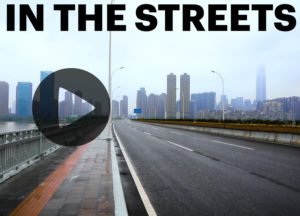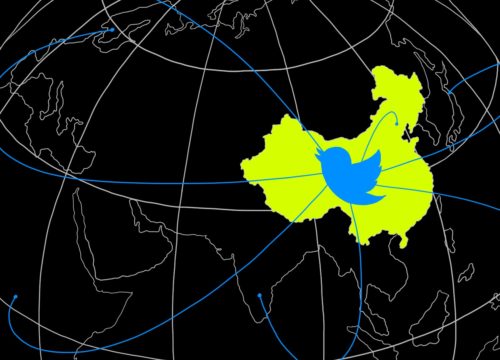All the different zongzi one can eat during Dragon Boat Festival
Today is Duanwujie 端午节 — the fifth day of the fifth month on the lunar calendar — known to English speakers as the holiday called Dragon Boat Festival. The day commemorates the death of the famous poet Qu Yuan 屈原, who lived during the Warring State Period more than 2,000 years ago, and died after jumping into a river while in exile. Legend has it that locals tried to rescue Qu by paddling down the river and later throwing glutinous rice balls into the water to stop the fish from feeding on his body. Thus was born the tradition of dragon boat racing and the eating of zongzi 粽子 on this day.
Modern renditions of the zongzi come in all shapes and sizes, colors and textures. Northern Chinese zongzi were traditionally sweet and simple, made with jujube dates or red bean paste. Southerners had a preference for savory versions, including preserved meat and vegetables. Shangri-La, the hotel, even offers an abalone zongzi.
Families used to make zongzi themselves, wrapping glutinous rice in water-soaked bamboo leaves. Today, people are increasingly buying them from supermarkets, bakeries, and online. To honor to the tradition, I called a couple of friends, Dominique Fong and Claire Zhao, and had them try zongzi with me, from traditional brands to modern interpretations.
Popular traditional brands include Daoxiangcun 稻香村 and Wufangzhai 五芳斋, and their zongzi often sell out before the Dragon Boat Festival. In more recent years, Starbucks and bakeries like Holiland have started selling their own gift boxes during the festival, with new twists on flavors, such as coffee, peach, and matcha green tea.
Video edited by Liu Chen





